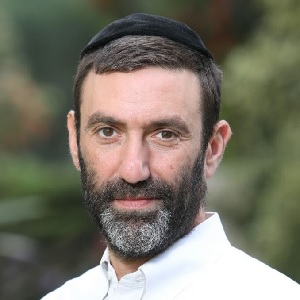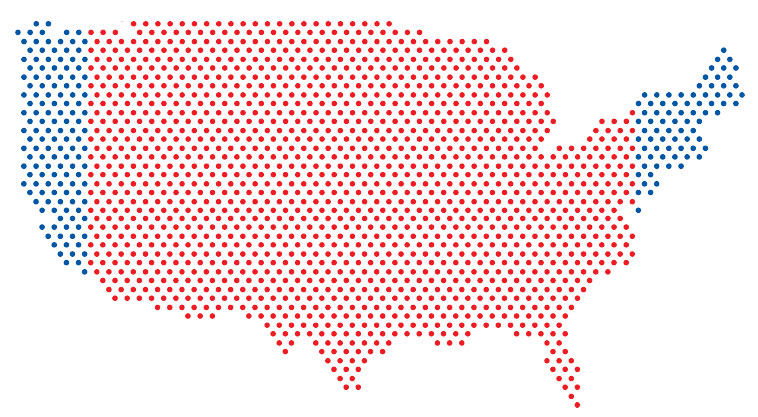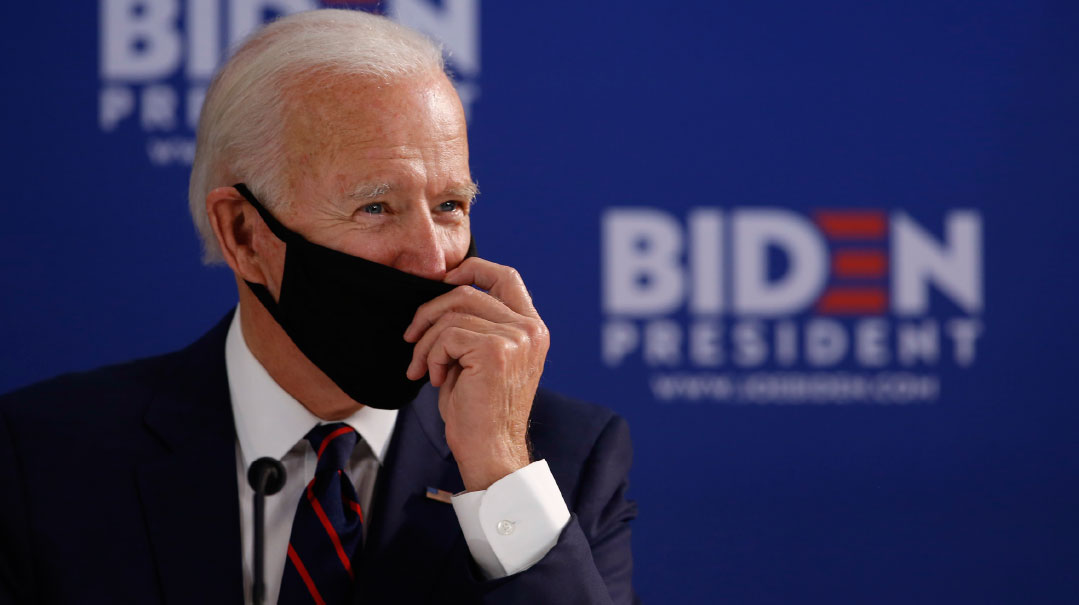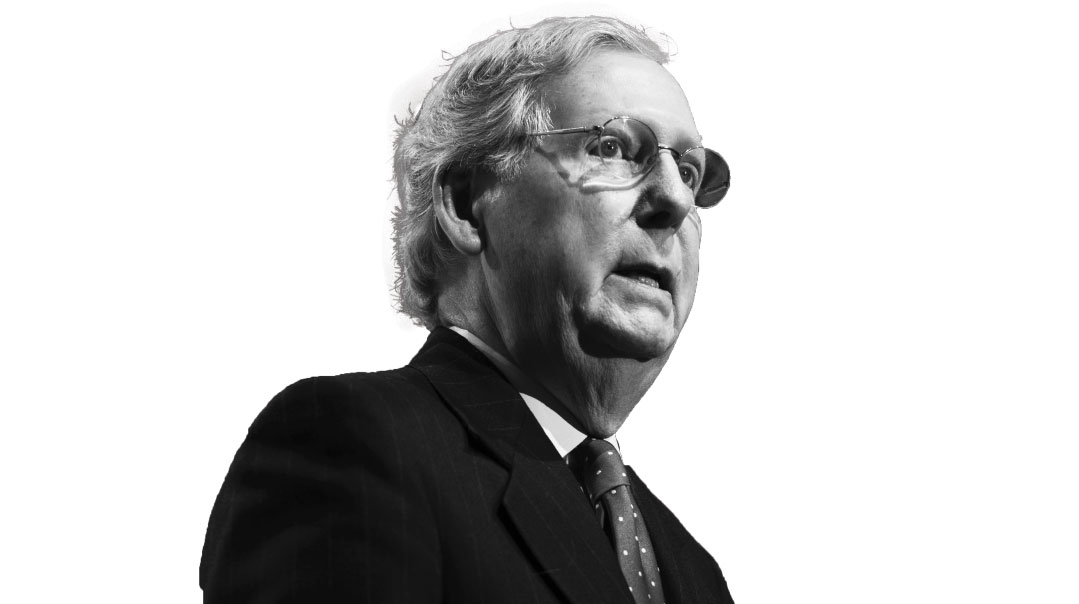The Red States of America


In the hours after the Democratic Party failed to topple Republican rule in the US Senate, a pernicious meme was launched across the media landscape.
It went like this: Democratic candidates running for Senate had garnered the majority of votes in races across the country. Therefore, with Republicans still in charge in the deliberative body, the will of the people had been thwarted. As in the 2016 presidential election, Democrats had once again been ripped off by a rigged electoral system that included antiquated mechanisms like the Electoral College. In a free and fair system, the meme went, the popular vote would hold some weight.
The claim is ridiculous, but since it was taken seriously by supposedly intelligent people, I will point out the obvious: Elections are won by one vote. The candidate at the conclusion of the election with one vote more is the victor. It does not matter a whit that Democrats garnered 40 million votes in the Senate midterm elections to Republicans’ 31 million. Republicans now control two more seats in the Senate and the Democrats two fewer.
The popular vote complaint is particularly galling because in California, the nation’s largest state, there was no Republican candidate running for Senate. Two Democrats, Sen. Dianne Feinstein and Kevin de Leon, ran against each other in the final race (California has a unique system), accounting for 7.2 million votes. Without those 7.2 million votes, the supposed inequities look a lot more equitable.
But I have an equally (il-)legitimate claim: Look at an election map and you will notice that it is almost entirely red. In fact, I would say it’s no more than 20 percent blue. From mostly red Pennsylvania all the way to half-red Nevada, the United States is awash in red. That means most of the country’s land mass is Republican. In 2015, the US Census Bureau reported that 62.7 percent of Americans live in cities, areas that account for just 3.5 percent of the nation’s total land mass. How in the world do people living on 3.5 percent of the total land mass have the gall to tell the other 96.5 percent how to live? That’s downright dictatorial and undemocratic!
Indeed, these midterm elections showed us something about the changing nature of the American populace. As has been widely cited, the Republican Party did not perform as well in the suburbs in this election as in 2016, accounting for some of the election day losses. It is very clear that Republicans and Democrats are generally split over values — abortion, alternative lifestyles, gender, guns, taxes — but they are equally split by geography and demography. Republicans tend to live in the country, and Democrats in the cities.
It wasn’t always so. Democrats were once the party of the working man, the proverbial blue-collar laborer who worked in the steel factory. Today they are what Chicago mayor Rahm Emanuel calls “the metropolitan majority,” a bloc encompassing “both the progressives who came out for Hillary Clinton and Bernie Sanders and the swing voters who live in the suburban and exurban communities that recently turned from red to blue.”
Oddly, it turns out that Democrats are also the party of the rich. Writer and investor Ken Fisher reports in USA Today that, by cross-referencing poverty rates with data on which party controls state government, it is revealed that Republicans occupy both state houses in 18 of the 19 poorest states, while Democrats control legislative chambers in the five richest states and most of the top 20.
What’s even odder is how these rich Democrats act. Sociologist Martin Himmelfarb once quipped that Jews “earn like Episcopalians and vote like Puerto Ricans,” and something similar could be said of the so-called cultural elite; the rich, educated whites who congregate in cities, work in the professions (including the media), and form the hard left of the Democratic Party.
To cite another aphorism, these Democrats act more Catholic than the Pope. A fascinating study published in October, “Hidden Tribes: A Study of America’s Polarized Landscape,” found that there is no group more “woke” than the rich white urban dweller, and no population subset more dedicated to the rules and rituals of political correctness.
“What does this group look like? Compared with the rest of the… polling sample, progressive activists are much more likely to be rich, highly educated — and white,” reads the study, which was carried out over a year and included more than 8,000 respondents. “They are nearly twice as likely as the average to make more than $100,000 a year. They are nearly three times as likely to have a postgraduate degree. And while 12 percent of the overall sample in the study is African-American, only 3 percent of progressive activists are. With the exception of the small tribe of devoted conservatives [another group cited in the study on the opposite side of the political spectrum], progressive activists are the most racially homogenous group in the country.”
The authors of the study were particularly interested in political correctness because they view it as the great polarizer in the culture wars, the rhetorical whip that is used to divide Americans. Stunningly, the study’s authors found that progressive activists are the group least likely to believe that enforcement of politically correct standards and speech constitutes a problem in society today, far less than other groups.
“The future of the Democratic Party looks a lot like Alexandria Ocasio-Cortez,” writes David A. Graham in the Atlantic, referring to the woman recently elected to the US House of Representatives from Queens, a Democratic Socialist. “Once it was the party of patrician liberals like Franklin Roosevelt; now women, people of color, and voters in big cities are the demographics at the heart of the party.”
It is the clear trend. The question is, who wants to be a part of it?
(Originally featured in Mishpacha, Issue 735)
Oops! We could not locate your form.













